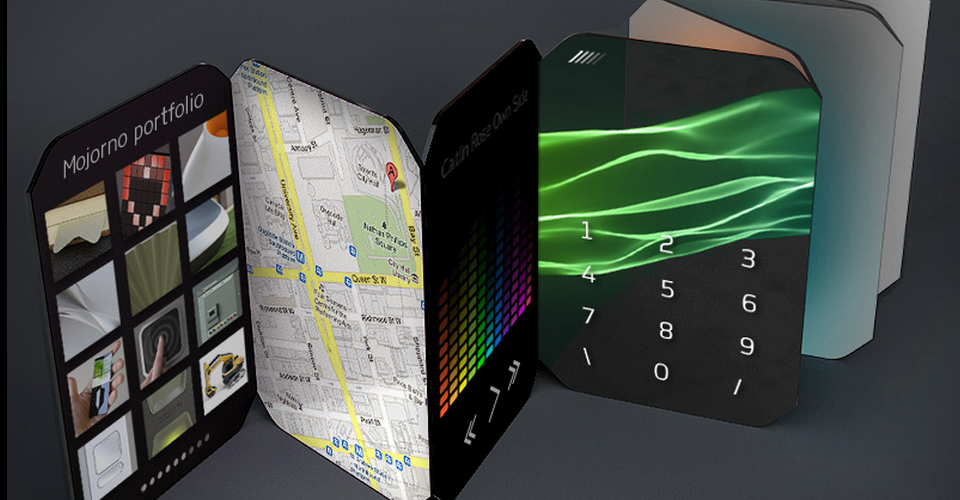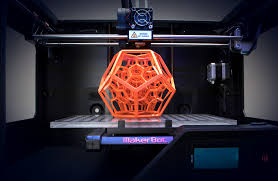Smart phones are like Swiss army knives for adults. Most of us could have never dreamed that a single device small enough to fit in one hand could serve as a phone, a video camera, a flashlight, and a powerful computer. Each year, smart phones incorporate more features, and more apps are developed that enable them to both simplify our lives and make them more secure.
For example, most people now use their smartphones to do at least some of their banking. Depositing a check is now as easy as taking a photo of it and sending it electronically to your bank. The majority of people have also used their smartphones to pay for products or services. Since the advent of the cloud enabled people to access information from anywhere on multiple devices, business owners can even manage their businesses from their smart phones. There are services that enable business owners to do everything from product inventory to generating sales reports without having to go to the office.

Future Features of Smart Phones—Augmented Reality
Considering how quickly these things have become the norm, it’s become tempting to look forward to a cashless society in which everyone has the ability to work from their favorite mountain top or coffee shop. That reality may be closer than we realize, but there are other equally amazing realities on the smartphone horizon. According to one recent article, some of the features predicted to be incorporated into smartphones in the near future include augmented reality, or AR. This feature would allow smartphone users to point the camera at something and get detailed information about what it is “seeing”. For example, pointing the camera at a restaurant might result in that restaurant’s menu, complete with specials and prices, popping up on your screen. There are already AR apps available
Flexible Screens,Built in Projectors, and 3D Holograms
A new technology called Organic Light-Emitting Diode (OLED) has made it possible to make screens so thin that they can be folded. Not only that, but each side of the screen can be utilized simultaneously for different purposes. You’ll also be able to adjust screen size by folding or unfolding the screen. There is already a prototype developed by Ikev that you can see here. For people for whom no screen is big enough, they’ll be able to turn entire walls into screens using smart phones with built-in projectors. This feature can turn a smartphone into an entire game console with no need for a television screen. There are already a few smartphones that offer a 3D experience, including the LG Optimus 3D, and the Samsung AMOLED 3D. So what happens after 3D?
The Future of SmartPhone Security
According to one article, the frustration of having to constantly change and remember new passwords for security purposes may be over soon. Fujitsu, a Japanese technology company has developed a prototype of a smartphone that utilizes iris scanning technology to identify the owner. To help solve the problem of people looking over your shoulder while you are viewing sensitive data, other companies, such as Dell, have produced software that pixelates the screen in such a way that the contents are only visible to the user.
Smart Phones and Health
According to the Wall Street Journal, even health care will be affected by some amazing new smartphone features. For example, smart phones are predicted to be able to scan and send samples of body fluids straight to your doctor. Dr. Eric Topol also predicts that they will be able to take x-rays. If that sounds far-fetched, consider that there is a new app that uses a smartphone microscope to detect blood parasites.
Build Your Own Smart Phone
The future of smartphones will include the ability to build your own, perhaps with a graphene screen. Google’s Project Ara is experimenting with providing a skeleton to which people can add the components they most want. Individual parts can be replaced, rather than replacing the entire phone because one element is malfunctioning. Smart phones of the future will reflect their owners’ personal preferences while simplifying their lives even more than they do today.













Comments are closed.